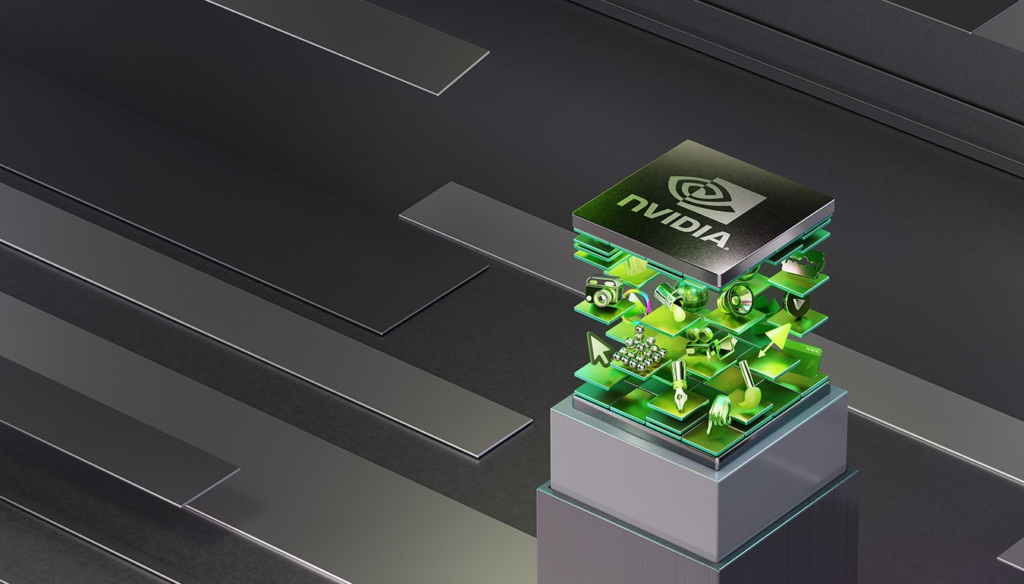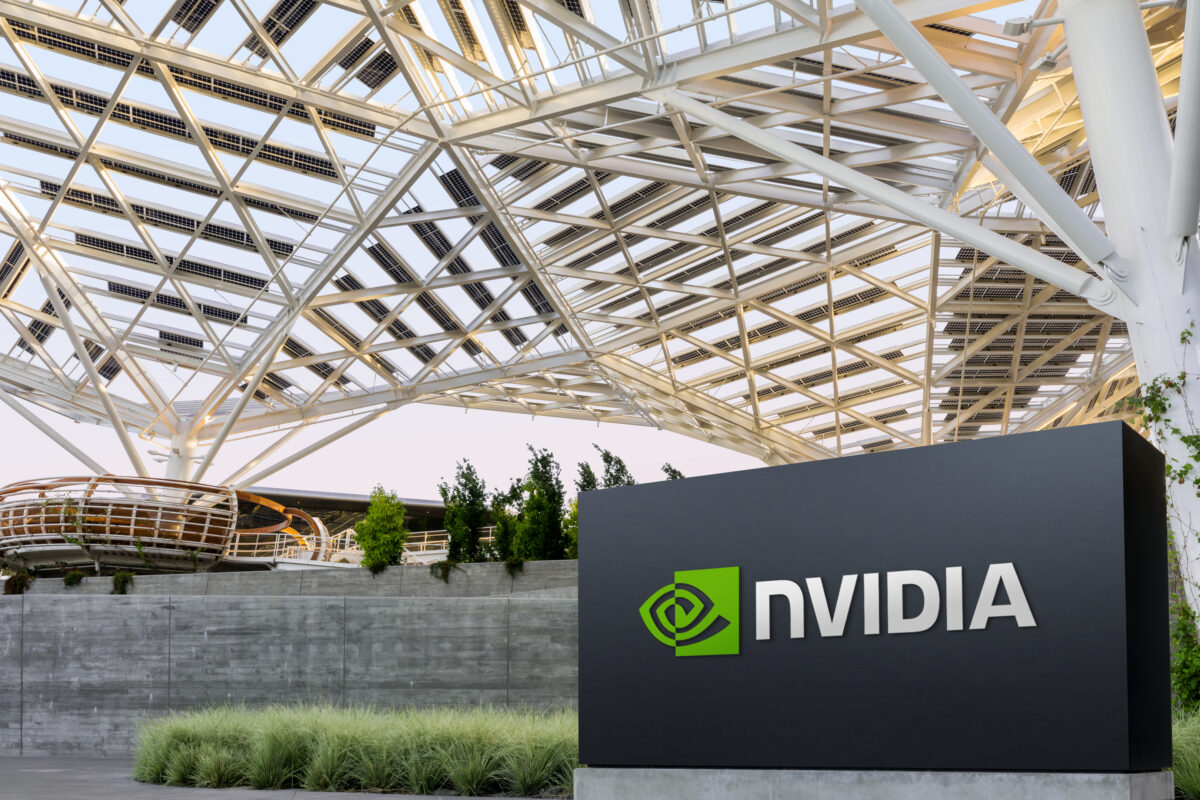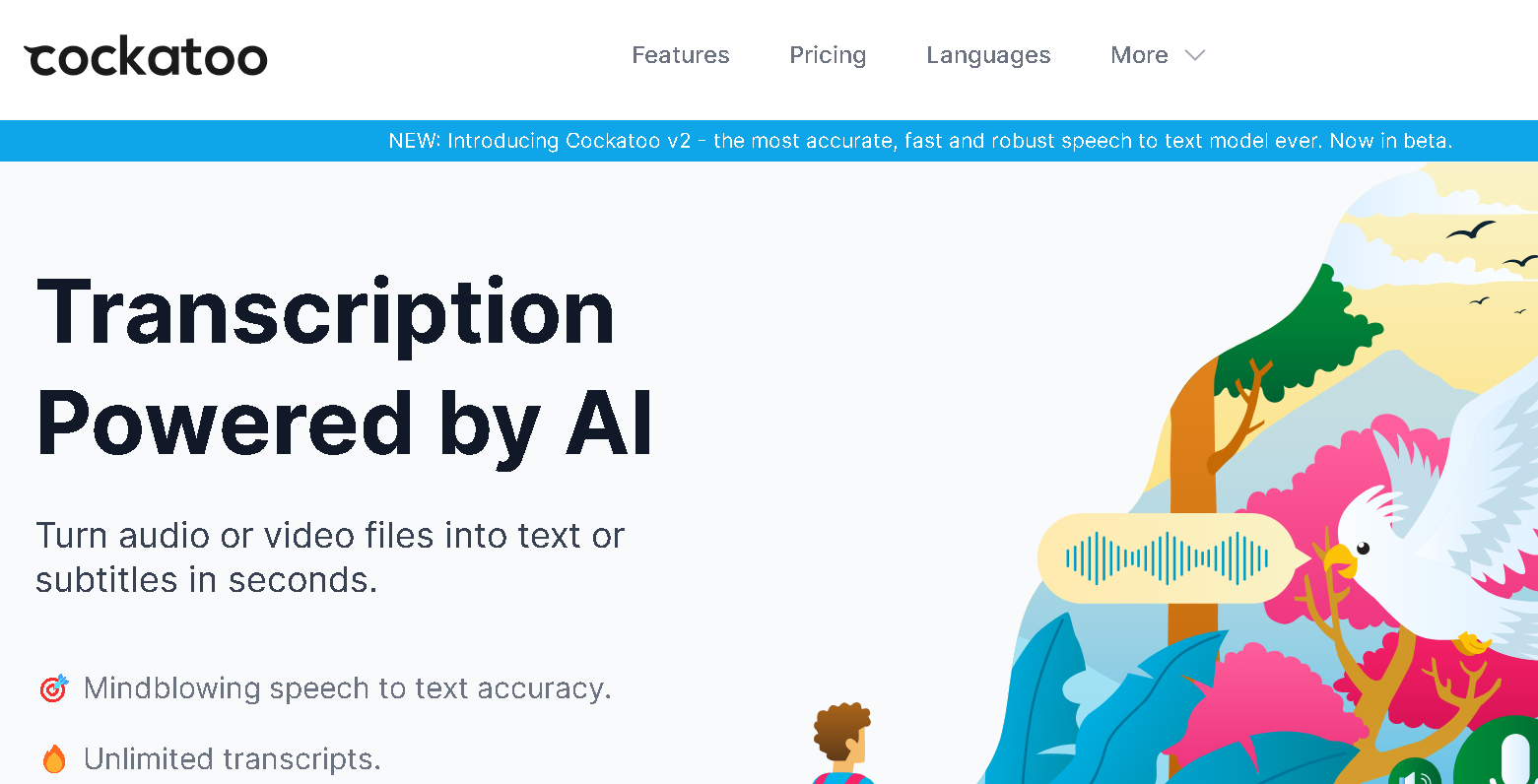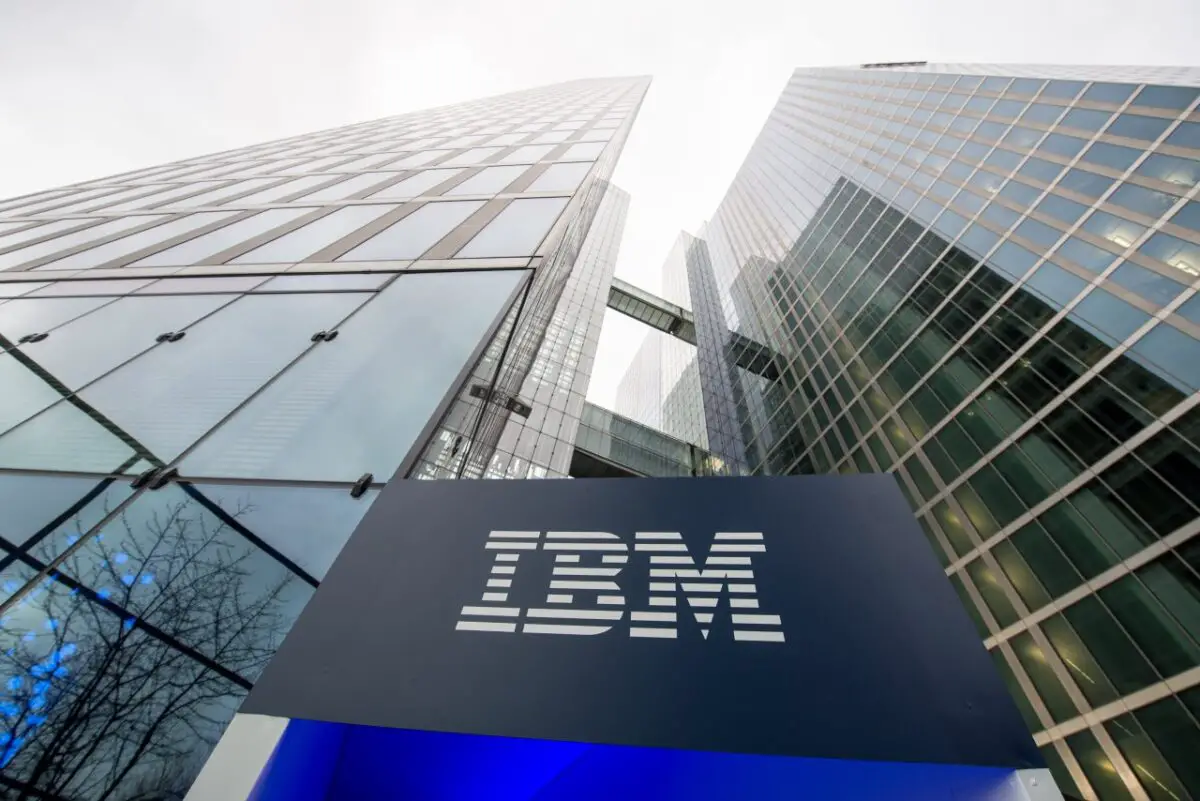NVIDIA Corporation is a titan in the rapidly changing world of technology, constantly pushing the envelope of what is conceivable. NVIDIA is well-known for its graphics processing units (GPUs), but its impact goes much beyond the world of video games. Is leading the way in a wide range of technical advances, from deep learning and artificial intelligence (AI) revolutions to the advancement of self-driving car technologies. This blog post explores the company’s technological innovations, their effects on many industries, and the direction that its ground-breaking work will take going forward.
A Brief History of NVIDIA
NVIDIA was founded in 1993 by Jensen Huang, Chris Malachowsky, and Curtis Priem in Santa Clara, California. The company initially focused on creating graphics hardware for gaming and professional markets. The launch of their first product, the NV1, marked the beginning of NVIDIA’s journey into the world of GPUs. However, it was the introduction of the RIVA series and later the GeForce 256 in 1999 that cemented NVIDIA’s reputation as a leader in graphics technology.
Over the years, NVIDIA has expanded its product lineup to include high-performance computing solutions, AI platforms, and automotive technologies. This expansion has solidified its position as a multifaceted technology company with a diverse portfolio.

NVIDIA’s Core Technologies
1. Graphics Processing Units (GPUs)
At the heart of NVIDIA’s success lies its GPUs, which have become synonymous with high-performance graphics and computing. NVIDIA’s GPUs excel at rendering intricate graphics and tackling demanding computational tasks with remarkable speed and efficiency.
- The GeForce Series targets gamers and consumers seeking high-performance graphics for both gaming and creative endeavors. The GeForce RTX 40 series, for instance, boasts advanced features such as real-time ray tracing and AI-enhanced graphics, delivering unprecedented visual fidelity and performance.
- Quadro Series: For professionals in fields like design, animation, and simulation, the Quadro series offers workstation-grade GPUs that provide superior precision and stability. These GPUs excel in handling demanding tasks like 3D modeling and video editing with optimized performance.
- TITAN Series: TITAN GPUs bridge the gap between consumer and professional hardware, offering high-end performance for both gaming and computational tasks. They are popular among researchers, engineers, and content creators who require immense processing power.
2. CUDA (Compute Unified Device Architecture)
CUDA is NVIDIA’s parallel computing platform and application programming interface (API) that allows developers to use GPUs for general-purpose processing. By leveraging CUDA, programmers can tap into the massive parallel processing power of NVIDIA GPUs, accelerating a wide range of applications beyond graphics, including scientific simulations, financial modeling, and deep learning.
CUDA has transformed research and industry by making complex computations more efficient. For example, researchers in fields like genomics and climate modeling use CUDA to handle vast datasets and perform intricate calculations that would be impractical on traditional CPUs.
3. AI and Deep Learning
NVIDIA has been a pioneer in the development and deployment of AI and deep learning technologies. The company’s GPUs drive AI model training and inference tasks through their powerful parallel processing capabilities.
- Tensor Cores, first introduced with the Volta architecture and refined in the Turing and Ampere architectures, serve as specialized hardware that boosts the performance of AI and deep learning tasks. They provide significant improvements in training times and inference performance for neural networks.
- NVIDIA AI Platform: NVIDIA’s AI platform encompasses a range of products and services designed to support AI development and deployment. This includes the NVIDIA DGX systems, which are purpose-built for AI research and development, and the NVIDIA NGC (NVIDIA GPU Cloud) registry, which offers pre-trained models, optimized frameworks, and software tools for AI developers.
4. Automotive Technologies
NVIDIA has also made substantial strides in automotive technology, particularly in the realm of autonomous driving. The company’s DRIVE platform is a comprehensive solution for developing and deploying self-driving vehicles.
- NVIDIA DRIVE AGX: This platform provides the hardware and software needed for developing autonomous driving systems. It includes high-performance computing units, sensor processing capabilities, and deep learning frameworks to enable real-time perception and decision-making in vehicles.
- Simulation and Testing: NVIDIA uses its powerful GPUs and simulation technologies to create virtual environments for testing autonomous driving systems. This method enables manufacturers to replicate different driving conditions and scenarios, verifying the robustness and reliability of self-driving systems before their road deployment.
5. Data Centers and Cloud Computing
NVIDIA’s impact on data centers and cloud computing has been transformative. The company’s GPUs accelerate diverse data center workloads, such as AI training, data analytics, and high-performance computing (HPC).
- NVIDIA A100 Tensor Core GPUs are crafted to manage a variety of tasks, including training extensive AI models and executing intricate simulations. They offer exceptional performance for data center applications, enabling faster insights and more efficient processing.
- NVIDIA BlueField Data Processing Units (DPUs) handle and speed up data center infrastructure tasks, including data storage, networking, and security. They help improve data center efficiency and performance by handling these tasks independently from the main CPU.
- NVIDIA EGX Platform: The EGX platform extends the power of NVIDIA GPUs to edge computing, allowing organizations to deploy AI and machine learning applications closer to the data source. This is particularly useful for real-time analytics and decision-making in industries like manufacturing, retail, and healthcare.

Impact Across Industries
NVIDIA’s technological innovations have far-reaching implications across various industries, transforming how we interact with technology and paving the way for new possibilities.
1. Gaming
NVIDIA’s GPUs have been a cornerstone of the gaming industry, enabling immersive experiences with cutting-edge graphics and high frame rates. Technologies such as real-time ray tracing and DLSS (Deep Learning Super Sampling) have set new standards for visual fidelity and performance in gaming.
Ray tracing simulates the way light interacts with objects in a scene, producing more realistic reflections, shadows, and lighting effects. DLSS uses AI to upscale lower-resolution images, providing better performance without compromising image quality. These technologies have enhanced the gaming experience, allowing players to enjoy more realistic and visually stunning games.
2. Healthcare
In the healthcare sector, NVIDIA’s technologies are being used to accelerate medical research and improve patient care. AI-powered imaging solutions can analyze medical images with high accuracy, aiding in early diagnosis and personalized treatment plans. For instance, AI algorithms can detect anomalies in MRI scans or identify patterns in genomic data that might indicate a predisposition to certain diseases.
Researchers use NVIDIA’s GPUs for simulations and drug discovery, which helps them model intricate biological processes and find potential drug candidates more effectively.
3. Finance
In finance, NVIDIA’s GPUs are employed for high-frequency trading, risk modeling, and fraud detection. The ability to process vast amounts of financial data in real time is crucial for making informed trading decisions and managing financial risks. AI and machine learning models powered by NVIDIA’s GPUs can analyze market trends, predict stock prices, and identify unusual trading patterns.
4. Manufacturing
Manufacturers use NVIDIA’s technology for a range of applications, including quality control, predictive maintenance, and process optimization. Computer vision systems powered by NVIDIA GPUs can inspect products for defects, while AI models can predict equipment failures and optimize production schedules.
The integration of AI and robotics in manufacturing is driving innovation and efficiency, enabling smarter and more flexible production processes.
5. Entertainment and Media
In the entertainment and media industry, NVIDIA’s GPUs are used for rendering and animation, enabling the creation of visually stunning movies, TV shows, and visual effects. The ability to render complex scenes and simulations in real time has revolutionized how content is created and consumed.
AI-driven tools for video editing, content generation, and virtual production are also making it easier for creators to bring their visions to life, pushing the boundaries of storytelling and visual artistry.
The Future of NVIDIA
As NVIDIA continues to innovate and expand its technological horizons, several key trends and developments are likely to shape the future of the company and its impact on the world.
1. AI and Machine Learning
AI and machine learning will remain central to NVIDIA’s strategy. The company is likely to continue developing advanced AI models and frameworks, further enhancing the capabilities of its GPUs and other hardware. The growth of AI applications across industries will drive demand for NVIDIA’s solutions, as businesses seek to leverage AI for competitive advantage.
2. Quantum Computing
Quantum computing represents a new frontier in computing power, and NVIDIA is exploring ways to integrate quantum computing with its existing technologies. While still in its early stages, quantum computing has the potential to revolutionize fields such as cryptography, optimization, and material science.
3. Edge Computing
The rise of edge computing will drive demand for NVIDIA’s solutions that enable real-time data processing and analytics at the edge of the network. As more devices and sensors generate data, the need for efficient and scalable edge computing solutions will grow.
4. Sustainable Technology
Sustainability is becoming increasingly important in the tech industry, and NVIDIA is likely to focus on developing energy-efficient and environmentally friendly technologies. This includes optimizing the power consumption of its GPUs and exploring ways to reduce the environmental impact of its products and operations.
5. Autonomous Vehicles
The development of autonomous vehicles will continue to be a major focus for NVIDIA. As self-driving technology advances, NVIDIA’s DRIVE platform will play a crucial role in enabling safer and more efficient transportation solutions.

NVIDIA Services: Powering Innovation Across Industries
NVIDIA Corporation is widely recognized for its high-performance graphics processing units (GPUs) and computing solutions. However, the company also offers a range of services that extend its technological expertise to various sectors, from AI and deep learning to data centers and automotive applications. This blog post explores the diverse range of services offered by NVIDIA, detailing how these services are transforming industries and driving innovation.
1. NVIDIA AI and Deep Learning Services
NVIDIA has established itself as a leader in the AI and deep learning space. The company offers several services and platforms designed to facilitate the development, deployment, and optimization of AI models.
NVIDIA NGC (NVIDIA GPU Cloud)
NVIDIA NGC is a comprehensive cloud-based platform that provides a repository of GPU-optimized software, tools, and pre-trained models for AI and data science. Key features include:
- Pre-Trained Models: NGC offers a wide range of pre-trained AI models that can be used for various applications, such as natural language processing, computer vision, and speech recognition. These models are optimized for NVIDIA GPUs, ensuring high performance and efficiency.
- AI Frameworks: The platform provides access to popular AI frameworks and libraries, including TensorFlow, PyTorch, and RAPIDS. These frameworks are optimized for NVIDIA GPUs, enabling faster training and inference for AI models.
- Containerized Applications: NGC offers Docker containers with optimized software stacks, allowing developers to deploy AI applications quickly and efficiently. These containers include all necessary dependencies and are designed to leverage the full power of NVIDIA GPUs.
NVIDIA Deep Learning AI (DLA)
NVIDIA DLA is a set of hardware and software solutions designed for deploying deep learning models in edge devices and embedded systems. DLA provides high-performance inference capabilities while maintaining low power consumption. Key components include:
- NVIDIA Jetson Platform: The Jetson platform includes a range of embedded computing modules and development kits designed for AI and robotics applications. Jetson modules are used in various fields, from autonomous drones to smart cameras and robotics.
- NVIDIA TensorRT: TensorRT is a high-performance deep learning inference library that optimizes AI models for deployment on NVIDIA GPUs and embedded devices. It offers features such as model optimization, precision calibration, and runtime acceleration to enhance inference performance.
2. Data Center and Cloud Computing Services
NVIDIA’s data center and cloud computing services are designed to accelerate a variety of workloads, from AI training to high-performance computing (HPC). These services cater to enterprises, researchers, and cloud service providers seeking to leverage NVIDIA’s GPU technology for enhanced performance and efficiency.
NVIDIA A100 Tensor Core GPUs
The A100 Tensor Core GPUs are a key component of NVIDIA’s data center solutions. They are designed to handle a wide range of workloads, including AI training, data analytics, and HPC. Features of the A100 GPUs include:
- Multi-Instance GPU (MIG): MIG technology allows a single A100 GPU to be partitioned into multiple virtual GPUs, enabling efficient utilization of resources and improved workload isolation.
- NVLink and NVSwitch: These high-bandwidth interconnect technologies enable fast data transfer between GPUs, supporting scalable and efficient multi-GPU configurations for large-scale AI training and HPC applications.
NVIDIA DGX Systems
NVIDIA DGX systems are purpose-built for AI research and development, offering integrated hardware and software solutions for training and deploying AI models. Key products include:
- DGX Station: A powerful workstation designed for AI development, offering multi-GPU configurations and a comprehensive software stack for data scientists and researchers.
- DGX A100: A data center server equipped with multiple A100 GPUs, providing exceptional performance for AI training, data analytics, and HPC workloads.
NVIDIA BlueField Data Processing Units (DPUs)
NVIDIA BlueField DPUs are designed to offload and accelerate data center infrastructure tasks, such as data storage, networking, and security. Features of BlueField DPUs include:
- Data Plane Development Kit (DPDK): A set of libraries and drivers that enable high-performance packet processing and networking capabilities.
- Storage Acceleration: BlueField DPUs provide hardware acceleration for storage tasks, enhancing data throughput and reducing latency in data centers.
NVIDIA EGX Platform
The NVIDIA EGX platform extends the power of NVIDIA GPUs to edge computing environments. It enables real-time AI and machine learning applications at the edge of the network. Key components include:
- EGX Servers: High-performance edge servers equipped with NVIDIA GPUs, designed for running AI inference workloads in real-time.
- Software Tools: EGX includes software tools and frameworks for deploying and managing AI applications at the edge, ensuring seamless integration with existing infrastructure.
3. Automotive and Transportation Services
NVIDIA’s automotive services focus on developing and deploying advanced driver assistance systems (ADAS) and autonomous driving technologies. The NVIDIA DRIVE platform provides a comprehensive suite of solutions for the automotive industry.
NVIDIA DRIVE AGX
The NVIDIA DRIVE AGX platform provides the hardware and software necessary for developing and deploying autonomous driving systems. Key features include:
- DRIVE Orin: The latest hardware platform for autonomous driving, offering high-performance computing capabilities and support for advanced AI algorithms.
- Hyperion: A reference architecture that includes sensors, computing units, and software for building self-driving vehicles. DRIVE Hyperion provides a complete solution for sensor fusion, perception, and decision-making.
Simulation and Testing
NVIDIA leverages its GPU technology to create virtual environments for testing and validating autonomous driving systems. Key tools include:
- NVIDIA DRIVE Sim: A simulation platform that enables the creation of virtual driving scenarios for testing autonomous vehicles. DRIVE Sim allows manufacturers to simulate a wide range of driving conditions and scenarios, ensuring the robustness and reliability of self-driving systems.
- NVIDIA Omniverse: A collaborative platform for 3D content creation and simulation, used for developing virtual environments and digital twins for autonomous driving and other applications.
4. Professional Visualization Services
NVIDIA provides a range of services for professional visualization, catering to industries such as design, architecture, and media production. These services are designed to enhance productivity and creativity through advanced visualization and rendering technologies.
NVIDIA RTX Technology
NVIDIA RTX technology includes GPUs and software designed for real-time ray tracing and AI-enhanced graphics. Key features include:
- Ray Tracing: RTX GPUs support real-time ray tracing, allowing for photorealistic rendering of scenes with accurate lighting, shadows, and reflections.
- DLSS (Deep Learning Super Sampling): DLSS uses AI to upscale lower-resolution images, providing improved performance and image quality in real-time applications.
Quadro and RTX Professional GPUs
The Quadro and RTX series of professional GPUs are designed for high-end visualization and rendering tasks. These GPUs offer features such as:
- Precision and Stability: Professional GPUs provide accurate color reproduction and stability for demanding applications in design, animation, and simulation.
- Multi-GPU Configurations: Support for multi-GPU setups allows for enhanced performance and scalability in complex visualization tasks.
NVIDIA Omniverse Enterprise
Omniverse Enterprise is a platform for collaborative 3D content creation and simulation. It provides tools for virtual production, real-time collaboration, and digital twin development. Key components include:
- Omniverse Kit: A development toolkit for creating custom applications and extensions within the Omniverse ecosystem.
- Omniverse Nucleus: A data management and collaboration platform that facilitates real-time collaboration and data sharing among teams working on 3D projects.
5. Education and Research Services
NVIDIA is committed to supporting education and research through various programs and initiatives. These services aim to empower the next generation of innovators and researchers by providing access to cutting-edge technology and resources.
NVIDIA Academic Programs
NVIDIA offers a range of academic programs and resources for students, educators, and researchers. Key initiatives include:
- GPU Grant Program: Provides access to NVIDIA GPUs for academic research and projects, enabling researchers to leverage high-performance computing for their work.
- Deep Learning Institute (DLI): Offers training and certification programs in AI and deep learning. The DLI provides hands-on courses and workshops to help students and professionals develop skills in AI and machine learning.
NVIDIA Research Partnerships
NVIDIA collaborates with academic institutions, research organizations, and industry partners to advance technology and drive innovation. These partnerships support joint research projects, technology development, and knowledge sharing.

Conclusion
NVIDIA’s diverse range of services reflects the company’s commitment to driving innovation and solving complex challenges across various industries. From AI and deep learning to data centers, automotive technologies, professional visualization, and education, NVIDIA’s services are designed to empower organizations and individuals to leverage cutting-edge technology for enhanced performance and productivity.
As NVIDIA continues to expand its service offerings and explore new areas of technological advancement, it will undoubtedly play a pivotal role in shaping the future of technology and its applications. Whether through accelerating AI research, advancing autonomous driving, or enhancing professional visualization, NVIDIA’s services are at the forefront of technological progress, enabling new possibilities and transforming industries worldwide. Tech-arcis














